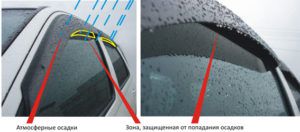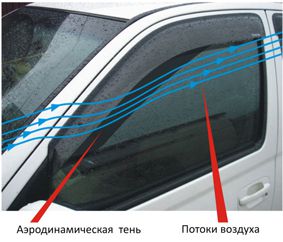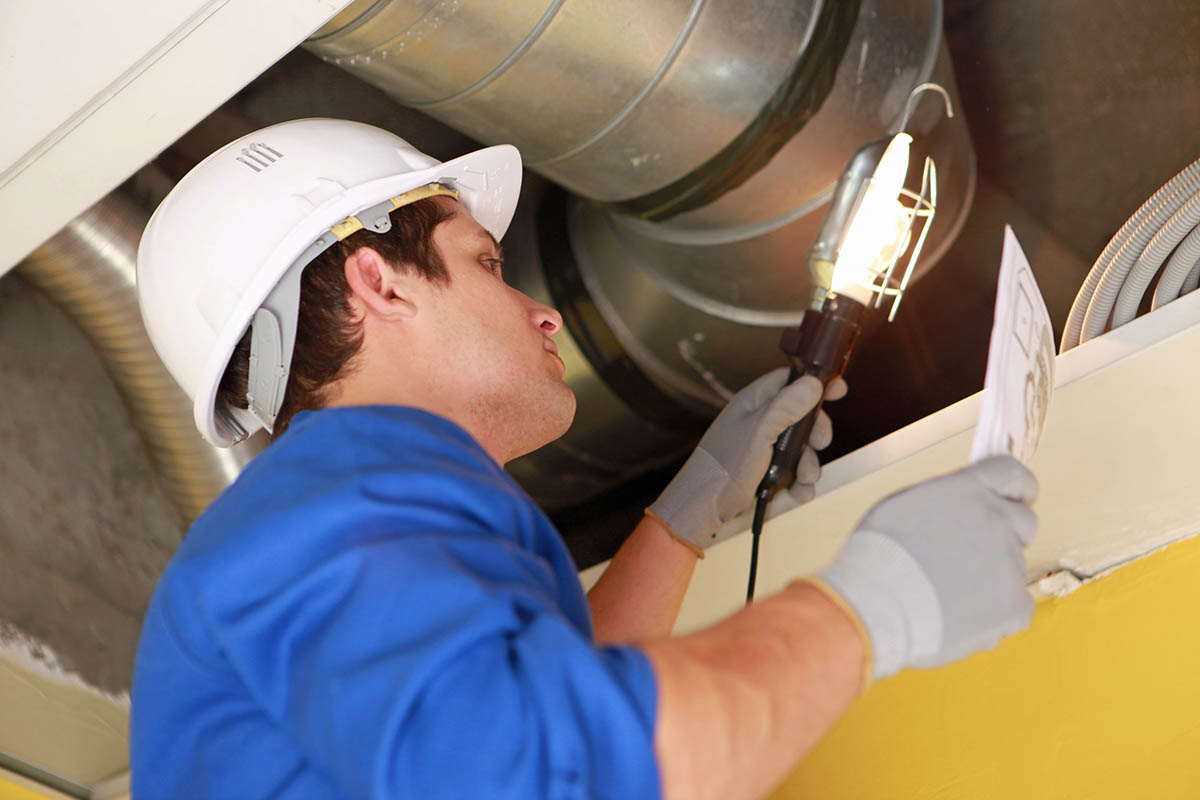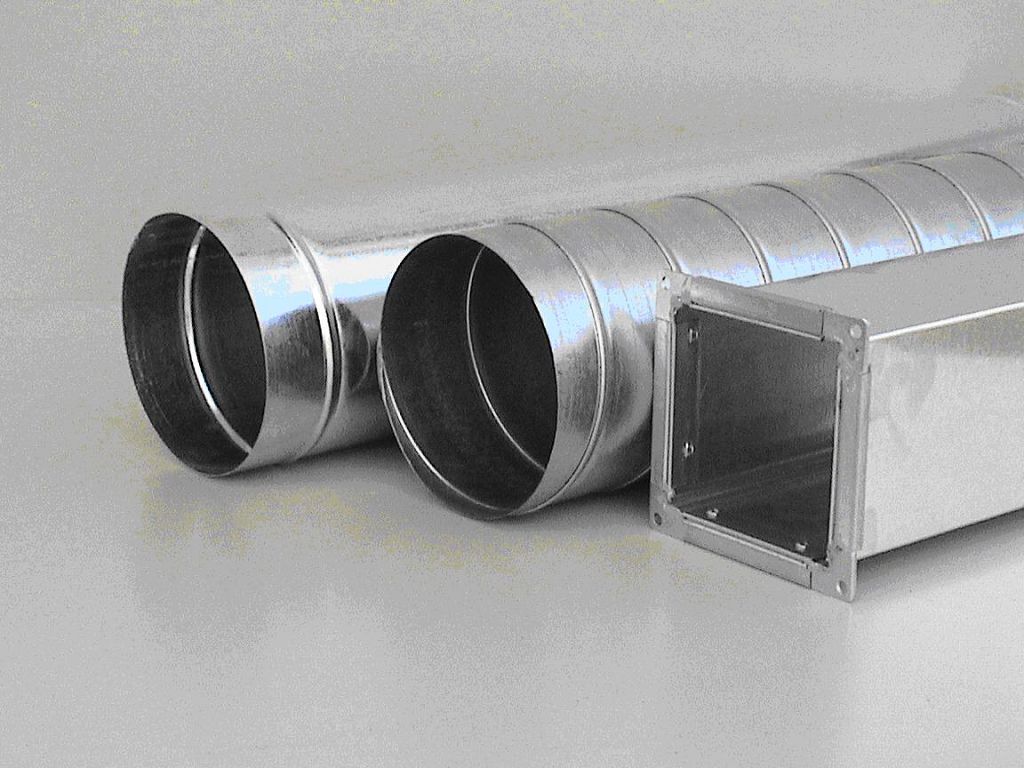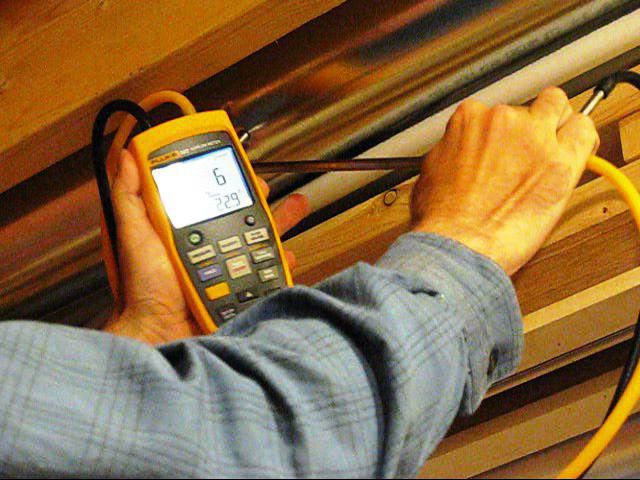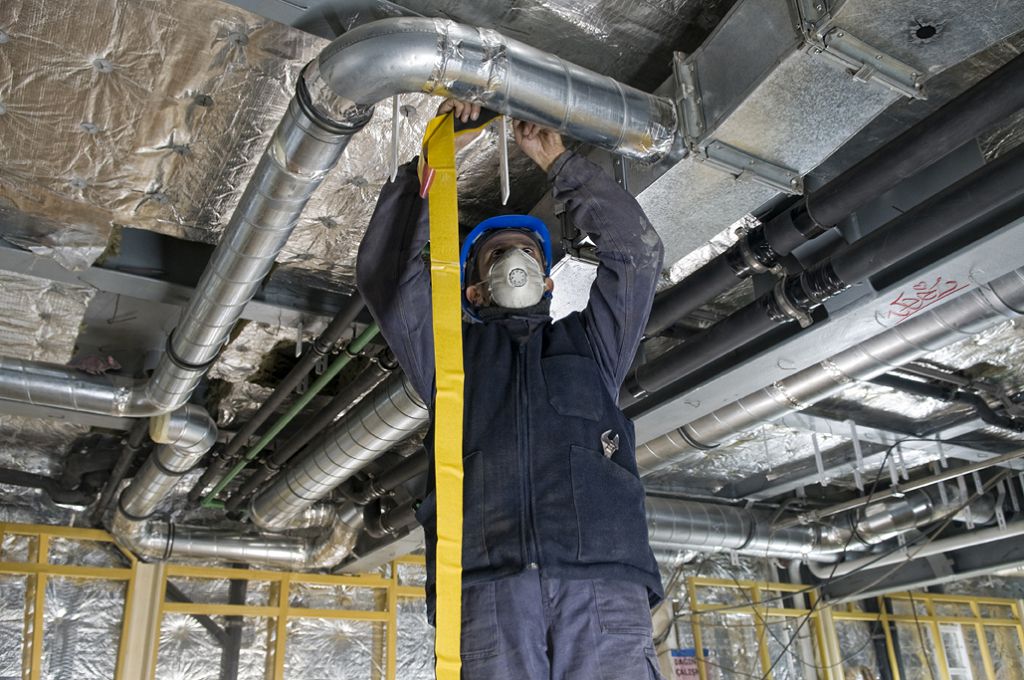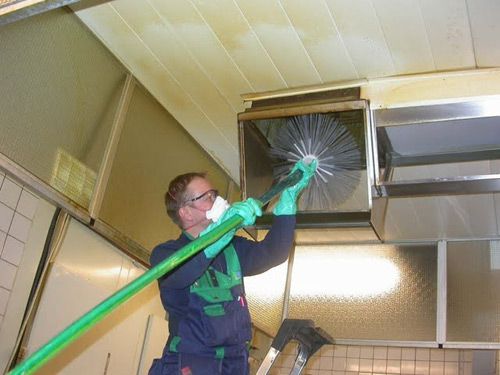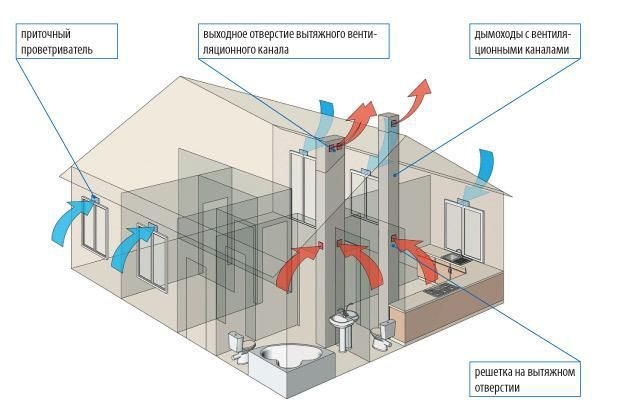One of the most popular types of car tuning among car owners is the installation of deflectors on the windows. Thanks to these translucent stripes, made of durable polymer materials, the appearance of the car is improved, as well as preventing rain, wind and debris from entering the interior.
Deflector selection
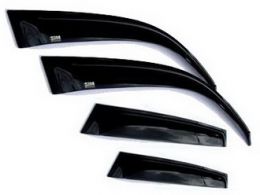
In order to easily and without problems install the deflectors, you need to know how to choose them correctly. First of all, you need to take into account that for each specific car model, different deflectors are produced. You can determine which model of machine they are intended for by special markings on the packaging or on the strips themselves.
Since all cars differ in design, it is not worth trying to find universal deflectors on sale, since those simply do not exist. You should also be aware that some car door frames are equipped with chrome trims. Deflectors for such machines are made with imitation of chrome pads.
Today, such protective strips are produced by many manufacturers, including Chinese ones. If the model is original, then it will cost significantly more, while most Chinese products have a more favorable price.
Before paying for your purchase, try on each strip to the place where it should be fixed. If you notice even a slight discrepancy in size, then it is better to refuse the purchase.
Functional purpose
- Protective strips installed on the windows help to partially protect the interior of the car from the sun's rays.
- During movement, an aerodynamic stream is created that directs dust, small stones and debris to the sides.
- When it rains, the driver can drive with the windows slightly lowered. Thus, the cabin is kept at a comfortable temperature, and rain drops do not fall on the passengers.
- Cigarette smoke quickly disappears from the passenger compartment if someone smokes in the front seat.
Installation
There are the following ways of attaching protective strips to windows:
- metal staples;
- gluing to the outer part of the door frame;
- installation under the sealing rubber.
Fastening with staples is rarely used, since this method is considered impractical: scratches can form from the staples on the coating of the car.

Many deflectors already have an adhesive strip, with which they are glued to the door frame. This method is considered the simplest and most convenient, so every car owner can easily and quickly glue the deflectors with his own hands. However, it should be borne in mind that the protective visor strips must be perfectly aligned on the windows. If skewing is allowed, the strip will have to be torn off and glued again, which can lead to insufficiently strong fastening of the deflector.
The installation procedure must be carried out in a dry place. The deflectors are mounted on a clean, dry and grease-free surface.
For degreasing, you can use alcohol, regular vodka, or a special napkin, which is usually supplied with the strips.
Gluing
- First, you should prepare the surface to which the wind strips will be attached - wash, dry and degrease.
- Peel off the protective tape from the adhesive layer by about 3-4 cm, and bring its ends up.
- Then attach the strip with the ends peeled off, make sure that it lies flat and, gently pulling on one end of the protective film, press the deflector along its entire length.
- Secure the result by lightly pressing the strip so that it adheres as firmly as possible to the paint and varnish surface.
- Some do-it-yourself car owners use a hair dryer for the best effect. After one strip is glued, it is treated along its entire length with hot air, while pressing it with your hand or with a rubber roller.
- Repeat the procedure for all other windows.
How to properly perform the gluing procedure can be seen in the following video:
Installation without gluing
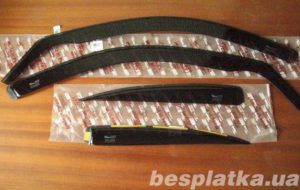
Some deflector models are sold without an adhesive layer. This means that they must be installed in a sealing strip that contains the glass. This method is even simpler than the previous one, but it requires some physical effort.
- Fully lower the car window before installing.
- Remove the sealing strip from the top of the window.
- Then insert a deflector into the hole formed after dismantling the seal. Continue to hold it with one hand, while with the other begin to return the sealing strip to its place.
- The gasket will be difficult to fit into the grooves, but it must be returned to the same position it was in before. As a result, the deflector will be tightly fixed with a sealing tape.
- The instructions from the manufacturer indicate that the correct installation must be evidenced by the unhindered entry of the glass into the groove of the seal. However, in practice, the first time the glass can rise and fall rather hard, and sometimes it does not completely close at all. In this case, it is recommended to open and close the glass at least 20 times in a row so that it rub against the seal. During the operation of the car, try to raise and lower the glass as often as possible until they begin to enter the grooves easily enough.
How to properly install the deflectors in the sealing gum is shown in the following video:
Sometimes some car owners are faced with such a problem when the protective strips for the glass do not stick, or they stick very weakly. This may be due to an expired adhesive layer. In this case, it is recommended to carry out the installation using double-sided mounting tape, cutting off a strip of the required length from it.

